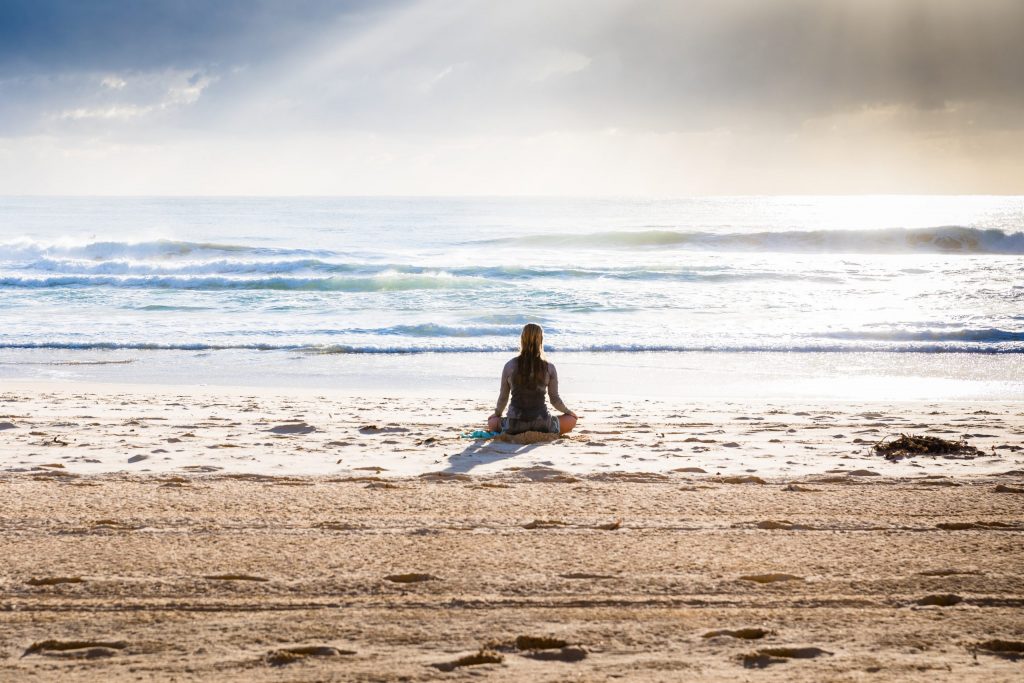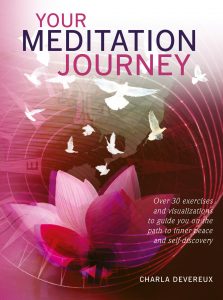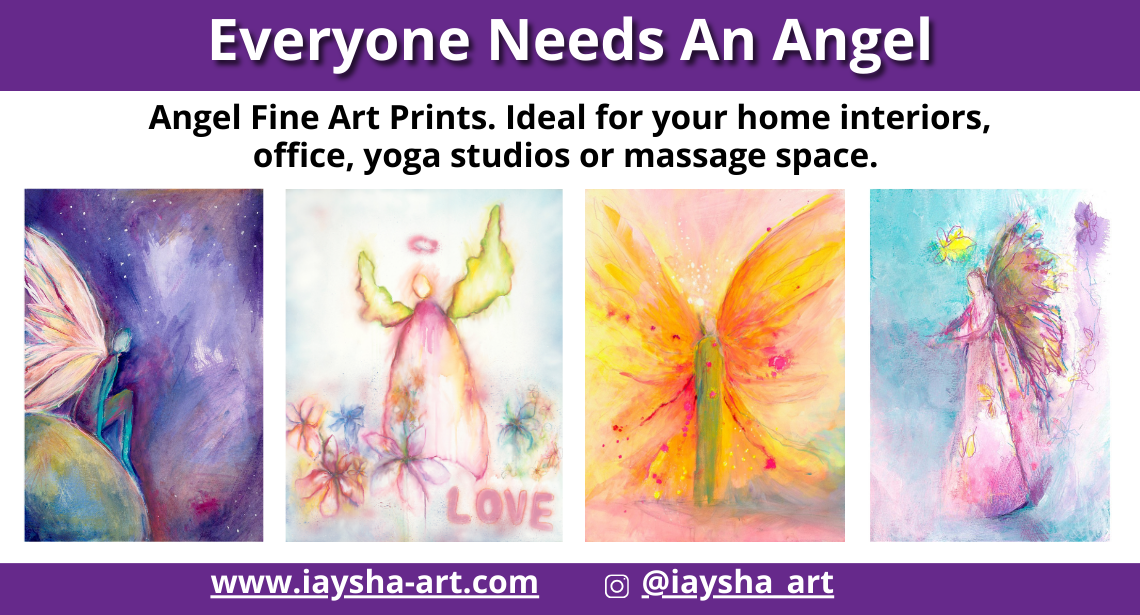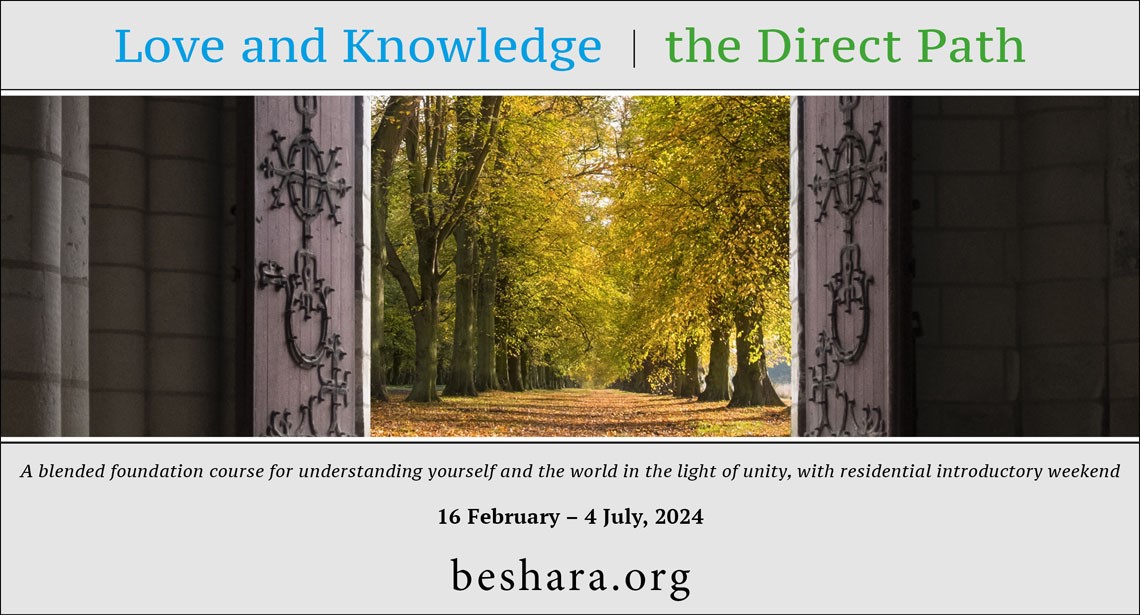by Charla Devereux
The practice of meditation has been a part of human experience going back countless generations, having been in one form or another a psycho-spiritual tool present in most ancient cultures. However, our secular Western approaches to meditation tend to regard it more on a level with healing and health practices.

Not only can it improve mental clarity, meditation has been shown to be effective in improving conditions including stress, anxiety, depression and tolerance to pain. Here we will focus on how meditation can be helpful in coping with personal crisis or, to some extent, emergency situations.
While an emergency is a serious, unexpected, and often dangerous condition requiring immediate action, a crisis situation is not necessarily immediate – it can be something that builds up over time but, if allowed to go unchecked, can ultimately reach a climax point in which a disruption, or even a complete breakdown, in normal daily functioning, can occur. It is important to note that a crisis does not automatically mean that the particular event is of a traumatic nature, it could be a reflection of the individual’s reaction to a given situation. In cases of both crisis and emergency stress is inevitably involved, and this can induce both mental and bodily tensions. Traditional wisdom – and now scientific evidence – indicate that mind and body are intricately connected, the condition of one influencing the other. A major benefit of meditation is that it can promote mental balance, so it follows that it will also have a calming influence on the body.
Don't forget to breathe!
Time is short in emergencies, and centring the mind is critically important so that you are better able to make effective decisions.
A simple breathing technique can be the most effective in such circumstances. Controlling the breath is ‘meditation 101’, helping to calm the mind, allowing you to think more clearly and focus on what is important. So, if the situation allows, take several moments to regulate your breathing, keeping an even rhythm between inhalation and exhalation. To do this, slowly count as you breathe in, hold the breath for a few seconds and then breath out to the same count. Allow the inhalation to be smooth and full, and the exhalation should be an effortless and gentle release of the breath. Repeat this several times. It is meditation first aid. Scientific studies have shown that that the brain’s response to stress can be altered by the practice of meditation, thus reducing stress enabling you to feel more in control in any given circumstance.
De-stressing distress
Crisis conditions, typically of a longer duration than emergency situations, are where meditation becomes a particularly invaluable tool.
An important part of meditation is to narrow the attention so as to ‘switch off’ the normal mental chatter that fills much of our waking lives, and especially fretting on the crisis to no good purpose. A good exercise to give your mind a break from the ongoing concerns is single-point meditation as it requires total concentration and focus on a single object or thought. There are many ways to perform single-point meditation, but I always feel that the steady glow of a candle flame is ideal to use for this purpose. It is warmer than electrical forms of lighting and is in itself soothing. Start, as always, with at least a few minutes of the rhythmic breathing exercise. Then, when you are ready, follow these prompts:
Place a candle in an appropriate holder on a stable surface directly in front of where you are sitting, making sure that there is a fairly dark, plain background to the candle to avoid distractions.
After lighting the candle, assume a comfortable position and relax as you calmly gaze into the flame, maintaining your controlled breathing.
Keep your attention fully focused on it for long enough to ensure that you can achieve an after-image with closed eyes.
Observe this retinal image, trying to notice every detail of it.
When the image fades, open your eyes and re-focus on the flame.
Repeat this process several times.
Close the session by carefully extinguishing the candle flame.
Another approach is the use of sound of the right frequencies. These typically are natural sounds, which cover various ‘colours’, such as white, pink or brown noise – technical terms for slightly differing frequencies. If possible, during the period of your crisis, get away to an outdoor location and listen to wind in the trees, or the roar of a waterfall, the rhythmic sound of gently breaking surf, or the lulling noise of rainfall on foliage. If not, such sounds can be obtaining on various CDs or streamed on some TV services. So, when you find appropriate acoustic conditions, close your eyes, breathe rhythmically and try to keep an erect spine – sitting on the ground or a seat of some kind will suffice. There is no need to adopt difficult yogic postures for these purposes.
These simple meditational exercises, conducted as often as possible will help you to better handle your crisis, but to find further meditation options,
Your Meditation Journey provides the tools to enable you to be successful in developing this ancient art, giving background information, the practical basics, and a range of techniques to help you choose the approach that best suits you.

 About the author
About the author
Charla Devereux is a writer and lecturer on complementary health topics and pioneer of the use of essential oils for healing. She first began studying and practising meditation in 1977, and it has been part of her daily routine ever since.
Her previous publications include titles on aromatherapy, dreaming and consciousness studies, in addition to meditation.
Charla is also a trained Reiki practitioner.
Her new book, Your Meditation Journey, is available now from Eddison Books.

 Not only can it improve mental clarity, meditation has been shown to be effective in improving conditions including stress, anxiety, depression and tolerance to pain. Here we will focus on how meditation can be helpful in coping with personal crisis or, to some extent, emergency situations.
While an emergency is a serious, unexpected, and often dangerous condition requiring immediate action, a crisis situation is not necessarily immediate – it can be something that builds up over time but, if allowed to go unchecked, can ultimately reach a climax point in which a disruption, or even a complete breakdown, in normal daily functioning, can occur. It is important to note that a crisis does not automatically mean that the particular event is of a traumatic nature, it could be a reflection of the individual’s reaction to a given situation. In cases of both crisis and emergency stress is inevitably involved, and this can induce both mental and bodily tensions. Traditional wisdom – and now scientific evidence – indicate that mind and body are intricately connected, the condition of one influencing the other. A major benefit of meditation is that it can promote mental balance, so it follows that it will also have a calming influence on the body.
Not only can it improve mental clarity, meditation has been shown to be effective in improving conditions including stress, anxiety, depression and tolerance to pain. Here we will focus on how meditation can be helpful in coping with personal crisis or, to some extent, emergency situations.
While an emergency is a serious, unexpected, and often dangerous condition requiring immediate action, a crisis situation is not necessarily immediate – it can be something that builds up over time but, if allowed to go unchecked, can ultimately reach a climax point in which a disruption, or even a complete breakdown, in normal daily functioning, can occur. It is important to note that a crisis does not automatically mean that the particular event is of a traumatic nature, it could be a reflection of the individual’s reaction to a given situation. In cases of both crisis and emergency stress is inevitably involved, and this can induce both mental and bodily tensions. Traditional wisdom – and now scientific evidence – indicate that mind and body are intricately connected, the condition of one influencing the other. A major benefit of meditation is that it can promote mental balance, so it follows that it will also have a calming influence on the body.

 About the author
About the author















